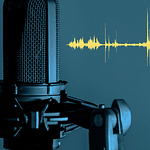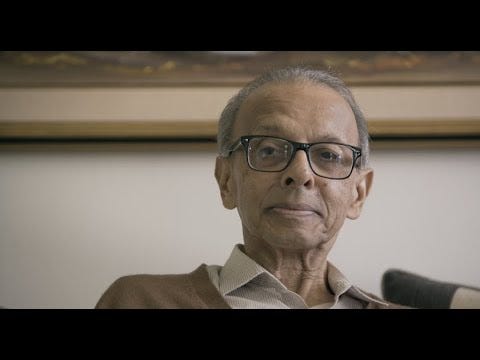The posters freeze Bond in pivotal moments.
Or enhance the aura.
What most viewers never think about is that the movie posters and other shots of the cast are never derived from the footage.
There are still photographers assigned to the set and they are the ones who create the images that go into practically all of the publicity material.
The question is why?
Movie and still photography are completely different from a lighting point of view. When cinematographers light up a scene, they are looking at a moving canvas and the role of the actors in that situation.
The still photographer has to build relationships with actors to get them to repeat some of the action or do stage it with completely different lighting.
Nicola Dove specialises in still photography for movies and she's the one who was brought on board for the last 'No Time to Die' Bond film starring Daniel Craig.
She had to be involved right through on all shooting days at all locations. Her job was to capture pivotal scenes from the movie and shoot it with the actors involved.
Movie sets tend to be chaotic, even though there's a tremendous amount of time that goes into planning each schedule.
The still photographer has to blend into the scenery when the action is filmed and then, using the same set and props, work out what could be used later in publicity shots or posters.
It may look glamorous but like everything else behind the scenes, creating the perfect illusion involves patience and getting the moves right.
Even if they are frozen in time.
Above the waist dressing becomes the pandemic style
The CEO of Tanishq noticed a change.
With video calls and interactions gaining traction during the pandemic, people were forced into picture squares.
One of the ways to stand out was by opting for unusual backdrops.
But unless you had a green screen setup, the background option was 'iffy'
Every time you move your head, there's a wave of fuzziness around your hair and clothes that looks messy. People know that a simple bedroom background is being camouflaged and the glorious sunset or fancy office backdrop is just another illusion.
However, you can shine with great-looking earrings and a bit of makeup. Or even a gold chain designed to attract attention.
Tanishq has been seeing a spike of interest from people who look to combine jewelry with workwear.
The number of social occasions with friends and family on video calls has also increased.
And people are paying attention to how they can look good on the calls with different pieces of jewelry to match clothes.
Cartoonists and stand-up comedians have mined this 'above the waist' look to make jokes about pajama suits, or coats and shorts as viable combinations.
However, this is a window into how people want to come off looking good in family interactions and are making efforts to do so, without being obvious.
As a result, Tanishq is creating a special drive to promote earrings and jewelry worn around the neck.
The 'video-call' look is set to hit the mainstream.
Even after the pandemic has passed.
Are you a zero or 100 percenter?
100% all the time?
Or, do you feel insecure if your battery charge drops below 30% on your mobile phone?
A whole new set of behaviors have developed around batteries and charges. It seems like a trivial thing but there are people who don't like the charge to drop below a certain point. Others will let it run down to less than 10% and even run out before they use a charger.
There are no explanations or even a clue on why people treat batteries so differently.
What battery pundits will tell you is that it isn't good for batteries to keep getting charged from a low start point. Keeping it close to 100% all the time is not good either.
As long as the battery is charged to around 80% and then recharged around the 35-40% mark is the way to get the best out of it.
But that's a stretch. People unconsciously fall into a habit. And they go for the most convenient option that fits their life.
Which is, plug in at night and disconnect the next morning - and the battery goes from a low charge to staying full on standby for hours.
Modern smart phones have created an auto switch-off when the battery is fully charged but if you want batteries to last longer, there's no option but to change behavior.
Resist the temptation to keep it fully charged all the time. Or let it run down to zero as often.
As far as batteries are concerned, like in life, the middle path is best way!
Every week, I'll plant a few ideas in your mind on branding, behavior and markets. Triggers for your thoughts. Spread the word to your friends. All you have to do is click the link and enter an email address.













Share this post